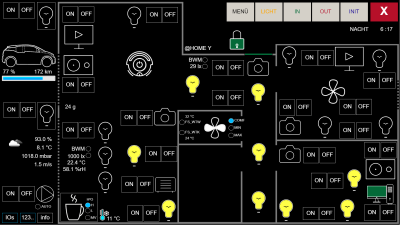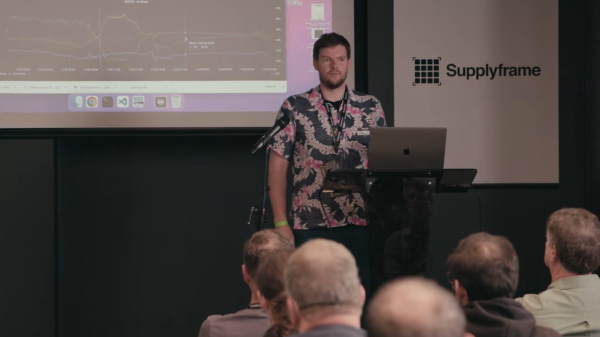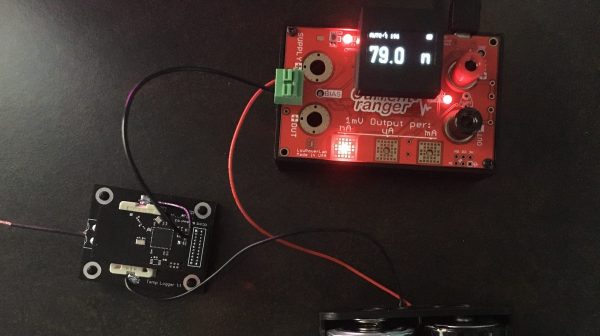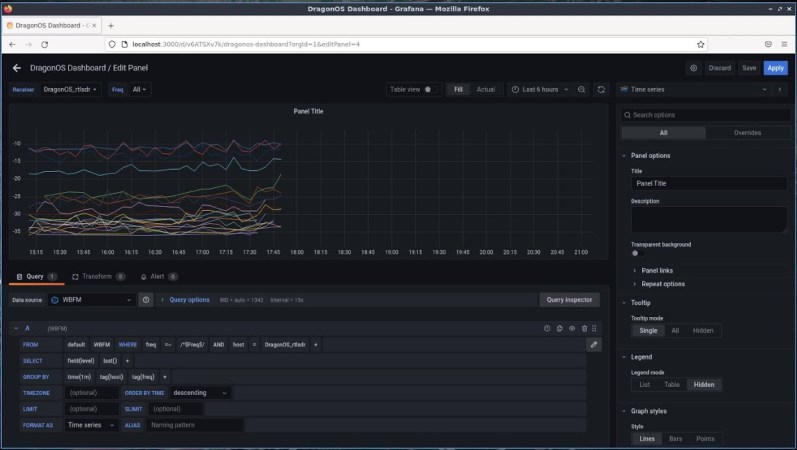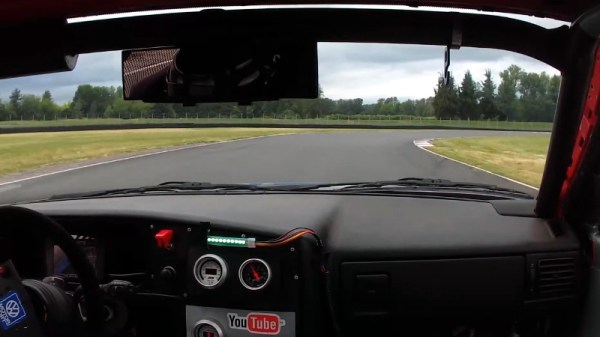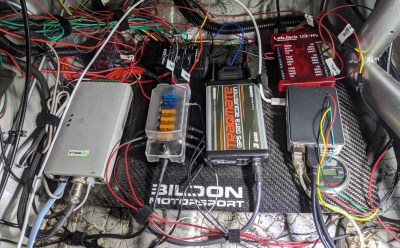If there’s one thing that characterizes the Information Age that we find ourselves in today, it is streams of data. However, without proper ways to aggregate and transform this data into information, it’ll either vanish into the ether or become binary blobs gathering virtual dust on a storage device somewhere. Dealing with these streams of data is thus essential, whether it’s in business (e.g. stock markets), IT (e.g. services status), weather forecasting, or simply keeping tracking of the climate and status of devices inside a domicile.
The first step of aggregating data seems simple, but rather than just writing it to a storage device until it runs out of space like a poorly managed system log, the goal here isn’t merely to record, but also to make it searchable. After all, for information transformation we need to be able to efficiently search and annotate this data, which requires keeping track of context and using data structures that lend themselves to this.
For such data aggregation and subsequent visualization of information on flashy dashboards that people like to flaunt, there are a few mainstream options, with among ‘smart home’ users options like InfluxDB and Grafana often popping up, but these are far from the only options, and depending on the environment there are much more relevant solutions.
Continue reading “Data Visualization And Aggregation: Time Series Databases, Grafana And More”




